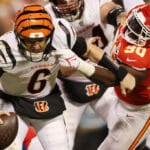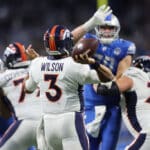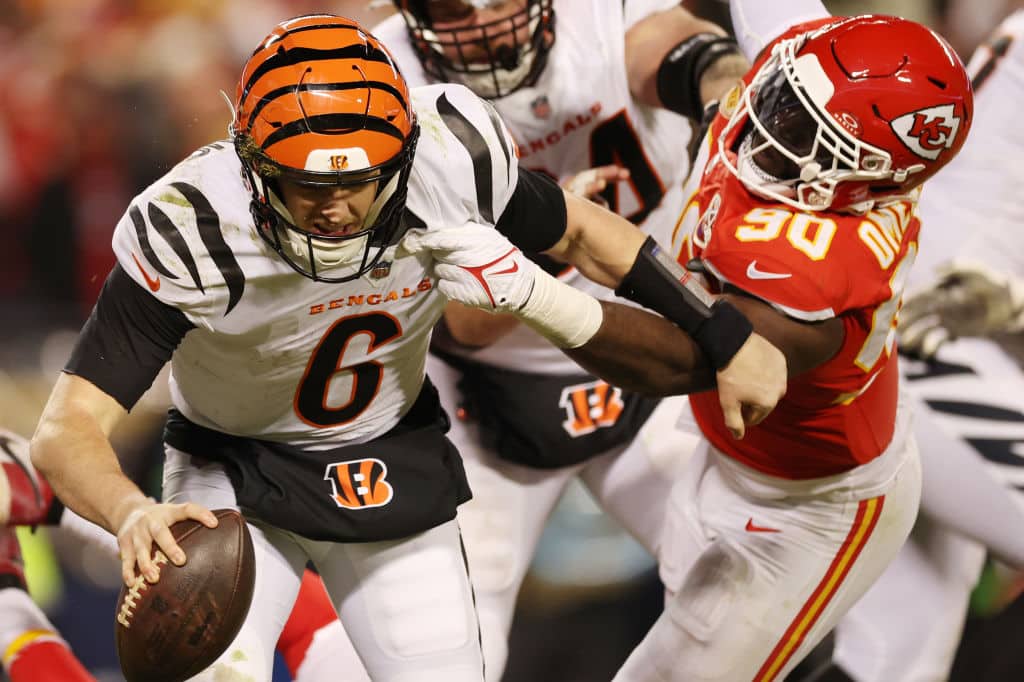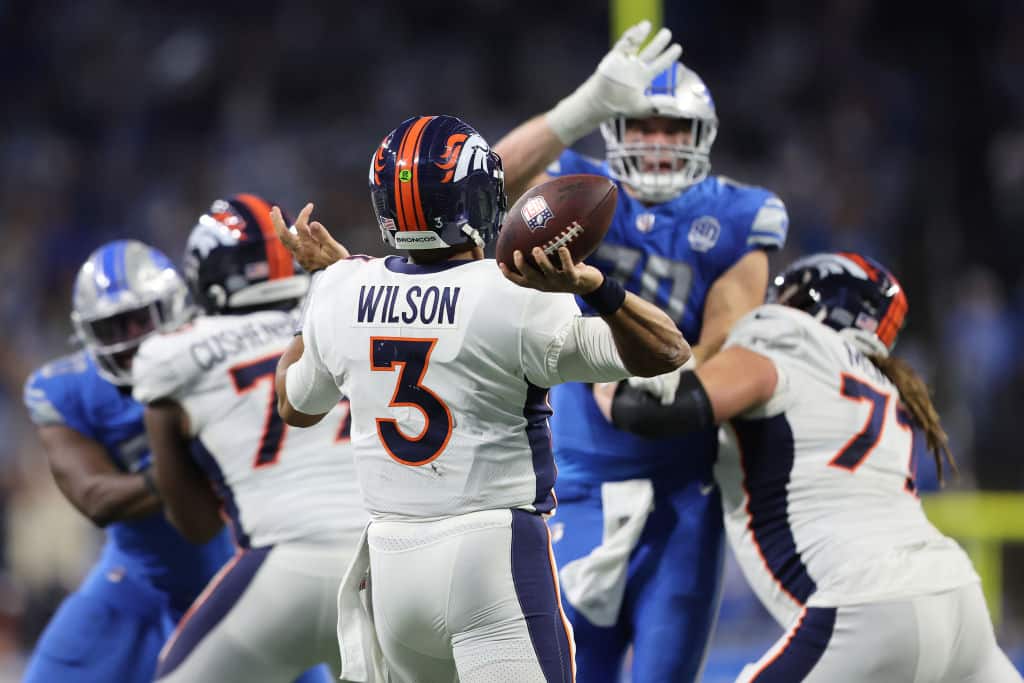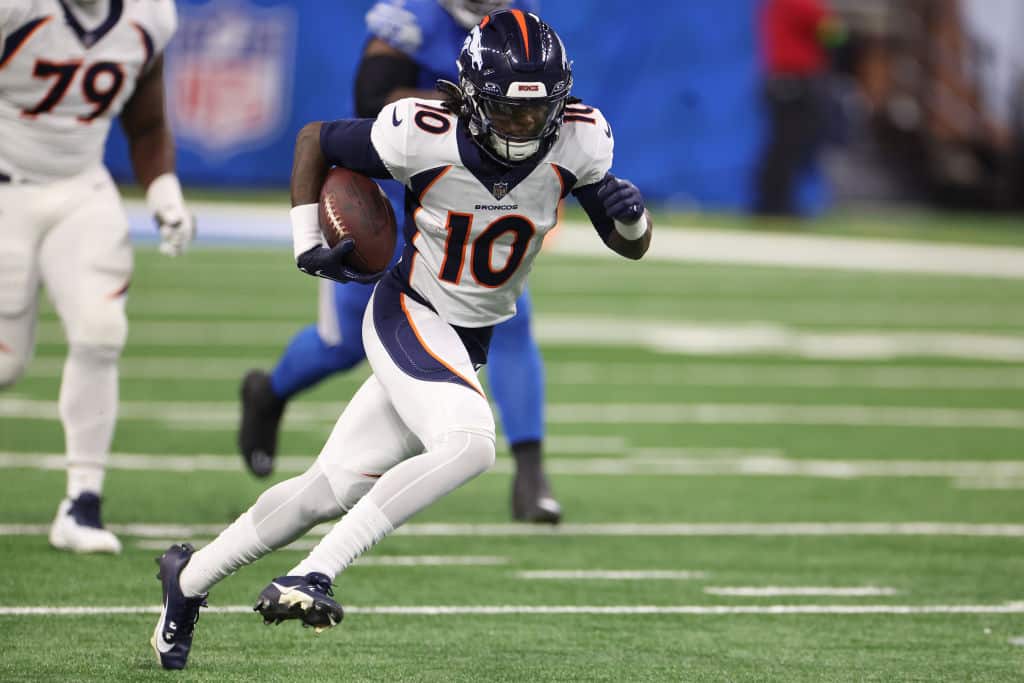News & Updates
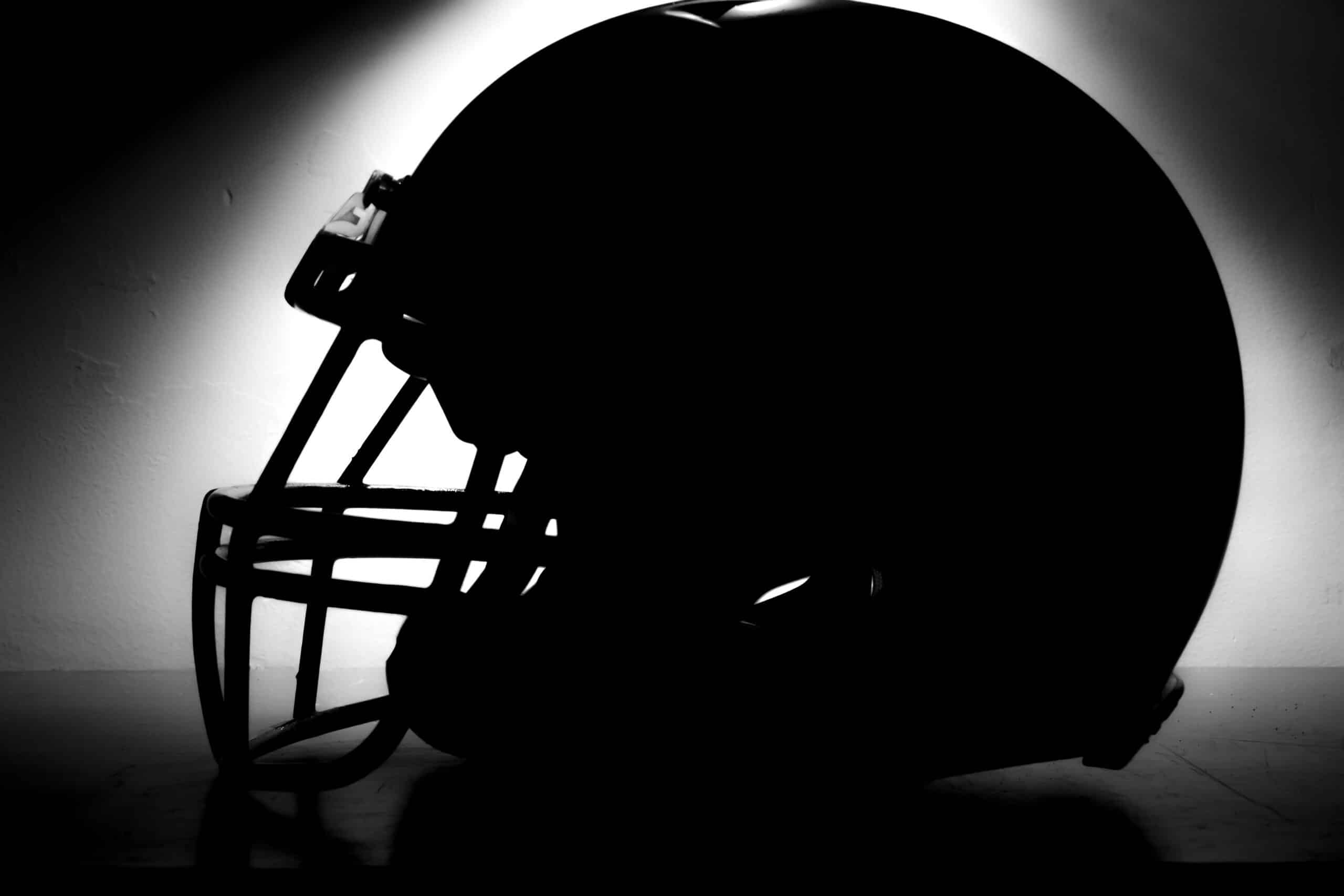
If you’ve followed this article for the first two weeks of the season, you are likely still alive in your survivor pool. Around 55% to 60% of the people who started are still in most pools. If you’re in a big pool and picked the Giants, it was a bit nerve-wracking but turned out well. If you’re in a smaller pool, you probably had an easier time because chalk teams like Dallas and Buffalo won easily. You might have chosen teams like Tampa or Denver in really big pools. If you did, Denver collapsed late, but Tampa won easily.
In a Survivor Pool, it’s important to think about equity. The more equity you have, the safer you can play. As the season goes on, we can start talking about “hedging,” but it’s too early for that right now.
To determine how much your entry is worth, divide the number of entries in the pool by the prize money. For example, if you paid $10 to enter a pool with 1,000 entries and now have 600 entries left, your entry is worth about $16.67. That’s not bad, but we’re usually hoping for much more, like 50 times or even 100 times our entry fee!
I’m in several pools myself. I still have two alive entries in one of the smaller ones, which started with 42 people and now has 24 left. One of my entries picked Baltimore and the NY Giants, while the other picked Washington and Buffalo. I’m mentioning this pool for a couple of reasons. Firstly, for 24 people to be out of a pool this size, they made some unnecessary risky choices. So far, the safe picks have been winning. You don’t need to take big risks in a pool this size to gain an advantage. The poor decision-making of others will do that for you. Some people in this pool lost early by picking teams like Seattle, Minnesota, Denver, and Buffalo, thinking they were unique. You don’t need to be too different in a small pool like this to have an edge. The pool might not last long, so considering future value isn’t as important. Since I have two entries, I can take more risks with one and play it safe with the other.
That’s why I shared my entries. In the first week, I took a risk with Washington and played it safe with Baltimore. Last week I picked Buffalo as the safe option and the NY Giants as the riskier one. I paired the Giants with Baltimore and the Bills with Washington to balance things. I mean that after the first week, people would have paid more for my Washington entry because it didn’t use up a strong team I might need later, while with Baltimore, I might need them again. So, I increased the value of my Baltimore entry. Now, my entries are close in value, with one strong team and one I don’t plan to use again. If it was a big pool, I might have paired Washington with the Giants to take more risks and aim for higher rewards since the pool would last longer, giving more good teams to choose from in the future.
Key:
Win Projection: I calculate win probability based on each game’s mid-point of the money line.
FV (Future Value): This value comes from look-ahead lines. Lower numbers indicate more future value for a team.
Pick%: This shows how frequently a team is selected across major websites, according to survivorgrid.com.
# Unique teams: If you have multiple entries, you can decide how many teams to spread your risk across.
As we first look at the Survivor Pool Strategy Spreadsheet for Week 3 in the NFL, it’s important to note that we’re initially disregarding future considerations. Instead, our approach here leans towards selecting the most substantial favorites currently on the board, which, for this week, are the Dallas Cowboys and the Buffalo Bills.
It’s crucial to remember that these betting lines are subject to change, so staying up-to-date with the latest odds and developments is imperative.

As of Tuesday night, Kansas City is the top favorite for the upcoming games. Dallas isn’t too far behind, with a strong chance of winning at over 84%. San Francisco is also close to the top with an 83% probability of winning their game.
If you’re playing in a smaller pool, you’ll likely have to choose one of these three teams. Many people are adopting the “pick against Arizona” strategy, which means they’ll pick Dallas this week and San Francisco next week. It’s not a bad move in smaller pools. By selecting teams with an 84% chance of winning two weeks in a row, you have about a 70.5% chance of making it to week 5. While it’s not a sure thing, it’s better than trying to be overly clever and take riskier picks.
Looking ahead, you’ll probably be able to make solid choices without picking Dallas until week 10 and San Francisco until week 11. In smaller pools, if you’re still in the game at that point, you’ll likely be one of a few remaining players, and that’s when you can consider hedging your choices.
Now let’s change the setting to one more suitable for slightly larger pools, around 50% future value.

When we do this, it brings the Jaguars into play if we were taking just two teams. I like this play in mid to larger pools because of their lack of future value. In week 6, the Jaguars will be playing against the Colts at home, but there will be plenty of other teams to consider that week. This presents a good opportunity to select a team that’s not quite at the top tier but still strong.
If you have multiple picks in a pool of moderate size, say with a low three-figure number of participants, you might want to diversify your choices among the big favorites. Alternatively, you could also look at Baltimore as an option if you didn’t pick them in Week 1. While you’ll miss the chance to choose them in Week 8 against Arizona, there’s roughly a 50% chance that at least one of the top four teams will lose in this upcoming week. If Baltimore manages to advance, it could eliminate about 20% of the entries, according to survivorgrid.com.
Now, when we adjust the spreadsheet by assigning a future value rating of 100%, it considers the New England Patriots as a potential choice. However, this is where we begin to notice the limitations of the spreadsheet. At 100%, it places a higher value on teams with less future value, which is why the Patriots are highlighted. Since it’s unlikely that you’ll want to pick the Patriots again later in the season, the spreadsheet suggests them.

But as I mentioned, we can achieve a similar outcome without selecting a team with a 57.6% win probability. Jacksonville is an option that offers a team you may not want to pick again but with a much safer chance of winning. The drawback with Jacksonville is that it might be a popular choice, so we miss out on the leverage aspect.
For those participating in very large pools, Seattle is worth considering. They have a nearly 70% chance of winning this week. While we might prefer to choose them in week 7 against Arizona, it’s often wise to make unconventional choices in pools of this size when others are going in a different direction. Seattle’s selection could position us for a large equity increase in a chaotic week.
Miami is another option, but they have favorable weeks ahead that we might want to save them for.
If you have multiple entries in a very large pool and want to spread the risk, referring back to the 50% future value sheet may be helpful for guidance as it looks a little more reasonable.
I’m participating in a couple of very large pools. I’m considering allocating most of my entries to Dallas this week while mixing in some other teams like Seattle, Jacksonville, and Baltimore. In large pools, taking risks when you have multiple entries doesn’t just mean picking teams with lower win probabilities; it can also involve concentrating many of your remaining entries on the same team. When this strategy pays off, it often significantly boosts your equity within the pool.
My largest pool initially had 8,246 entries, and now we’re down to 5,287, about 64% of the original pool size. I started with 71 entries and currently have 53 remaining. I’ve lost approximately 35% of my entries, similar to the pool attrition rate. At some point, I need to identify an opportunity to take calculated risks with the potential for substantial equity gains. This week might present such an opportunity. I’m contemplating investing up to 36 entries on Dallas, which would mean I won’t be able to select them in any of my remaining entries after this week. Additionally, I’m considering taking teams like Kansas City, Jacksonville, Seattle, and Baltimore with the remaining 17 picks. I have a few days to mull it over and discuss it with my partners before making a final decision.
Ultimately, you have to decide how you will play your pool. Hopefully, you will be around for many weeks with me as we try and survive!



